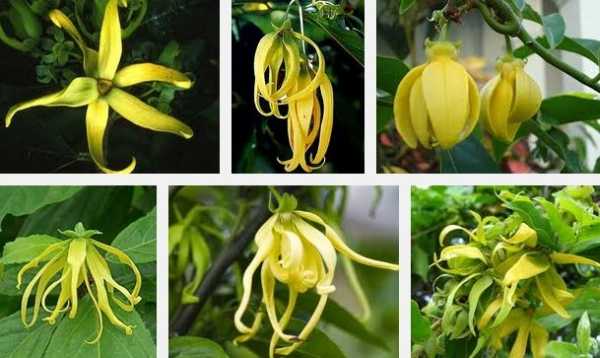The Ylang-ylang tree belongs to the family Anonaceae. It is scientifically known as Cananga odorata. It is a strong tree that reaches a maximum height of about 65 feet. The tree is cultivated for its fragrant flowers which are used as garlands.

Essential oil can be extracted from ylang-ylang which finds application in many industries especially in medicine and perfumery.
This techno-package details the process of oil extraction as well as its economic aspect based on a 400 liters/month plant capacity.
PRODUCT DESCRIPTION
The oil has a clear, colorless to pale yellow color. It is highly volatile and has a strong aromatic flowery scent. It is blended with other fragrances in making perfumes.
The oil has the following physico-chemical characteristics.
USES AND POSSIBLE MARKET
– The oil has certain medicinal uses. It paralyzes cold-blooded animals and acts as depressant on the pulse, respiration of warm-blooded animals. It is also used as a substitute for quinine in the treatment of malaria.
– It is one of the most important perfume raw materials.
– It blends particularly well with jasmine, lilac, gardenia, lily of the valley, and similar scents.
– The absolute of the oil is almost a perfume in itself.
PROCESSING TECHNOLOGY
1. Weigh the flowers.
2. Put water in the boiler about 12.70 cm level high from the bottom. With a rubber tubing, connect the inlet of the condenser to a water faucet.
3. Place the flowers on the screen trays inside the boiler.
4. Heat the boiler. When the water boils, the steam rises through the screen trays, thus injecting heat and extracting essential oil. Open the faucet and keep the water running throughout the operation by opening the outlet at the other end of the condenser.
5. From the boiler, the steam with the essential oil passes through the metal tubing that leads to the condenser. The running water cools the steam with the essential oil that travels inside the stainless steel tubing, thus condensation takes place.
6. Since oil is lighter than water, it floats at the upper layer in the collecting tube, while water collects at the lower layer.
7. Collect the oil though a flask from a small outlet at the side of the collecting tube.
8. Dry the oil using anhydrous sodium sulfate to remove the traces of water.
9. Place in bottles, seal and store in cool dry place.
PROCESSING TECHNOLOGY
1. Plant Operation: 8 hrs./shift, 2 shifts/day; 8 runs/day, 25 days/month, 300 days/year.
2. Plant Capacity: 389 liters/month.
3. Cost of Land: 200 sq.m. at 250.00/Sq.m. = 50,000.00
4. 100 sq.m. at 1500.00/s.m. = 150,000.00
5. Office Supplies: P1,000/Month.
6. Permits and Licenses: P500/Month.
6. Insurance: 2% of Insurable Assets.
8. Realty Tax: 2% of Land and Building costs.
9. Working Capital: 3 months operation.
10. Computation of depreciation cost: Straight line method
11. Repair and maintenance: 25% of Depreciation Cost
12. Light Power and Water: P90,000.00 per year.
13. Firewood cost: P0.15/kgs.
14. Amount of firewood required/run: 130 kg
15. Citronella leaves required/run: 250 kgs.
16. Diesel Consumption: 70 liters/month
17. Average No. of trips/month: 8 trips/o.
18. Distance traveled: 60 kms/trip
19. Contingency: 5% of total fixed assets excluding land
20. Sales Tax: No sales tax as the firm would be registered with the BOI.
21. Collection: 30 days after sale
22. Income Tax: 122,175 plus 35% of excess over 500,000.
Source: neda.gov.ph

thanks for everythings
ang galing
very good!